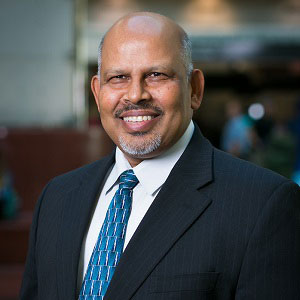Greater focus on capacity as air traffic growth returns in core European airspace
Posted: 3 November 2010 | EUROCONTROL | No comments yet
“Air traffic grew by more than 5% on average during the key summer months (June-October). This trend confirms the industry’s recovery”…
“Air traffic grew by more than 5% on average during the key summer months (June-October). This trend confirms the industry’s recovery”, says Karl-Heinz Kloos, Director of the Maastricht Upper Area Control Centre (MUAC). “A continued focus on efficiency is therefore essential to maintain delay-free services.”
Anticipating a return to pre-recession air traffic growth rates, MUAC has increased its published sector traffic monitoring values – the number of aircraft accepted each hour in a given sector. Traffic monitoring values are used as a basis for the pan-European pre-tactical planning process, coordinated by EUROCONTROL’s Central Flow Management Unit.
These revised values reflect the significantly higher traffic levels actually processed by air traffic controllers. A workload monitoring evaluation phase recently confirmed that it was safe to officially increase traffic monitoring values on a permanent basis.
Join us live: Shaping the Next Generation of Hold Baggage and Air Cargo Screening
Join us live for an insightful webinar on 11th December at 14:00 GMT, in collaboration with Smiths Detection, as we explore the strategic balance of operational efficiency, regulatory compliance, and sustainability in high-volume security environments.
This session offers a focused look into future-proofing your security strategy.
Key learning points
- Cost Reduction: Strategies to minimize bag travel time while simultaneously reducing operational costs.
- Regulatory Roadmap: Insights into the next wave of regulatory changes and their impact on future investment decisions.
- Sustainable Systems: Practical approaches to building sustainability into security systems and lowering the total cost of ownership (TCO).
- Scalable Solutions: Real-world examples of scalable systems supporting current airport growth and preparing for tomorrow.
Register now for expert insights, case studies, and actionable strategies on operational efficiency!
While the previous traffic monitoring value of one of the busiest sectors in Belgian airspace stood at 50 aircraft per hour, the actual traffic processed safely by air traffic controllers is most of the time around 60 aircraft per hour. Actual available capacity therefore often exceeded the capacity values used so far in the pre-tactical planning process.
“The formal increase in traffic monitoring values presents clear benefits for the entire European network: more accurate traffic predictions will free latent capacity, reduce the probability for pre-tactical regulations and ultimately support more effective air traffic management across the entire network. Furthermore, with more capacity being made available for flight planning, airlines will be able to access more preferred flight profiles and routes, which will generate fuel and emissions savings”, Karl-Heinz Kloos added.
According to the latest issue of the Air Traffic Management Cost-effectiveness (ACE) 2008 Benchmarking Report (June 2010), air traffic flow management delays contributed to 17% of the total economic cost of air navigation services in Europe in 2008. Every minute of air traffic delay is currently estimated to cost the community €82. Containing delays to a minimum is therefore vital for the industry’s profitability.
Stay Connected with International Airport Review — Subscribe for Free!
Get exclusive access to the latest airport and aviation industry insights from International Airport Review — tailored to your interests.
✅ Expert-Led Webinars – Gain insights from global aviation leaders
✅ Weekly News & Reports – Airport innovation, thought leadership, and industry trends
✅ Exclusive Industry Insights – Discover cutting-edge technologies shaping the future of air travel
✅ International Airport Summit – Join our flagship event to network with industry leaders and explore the latest advancements
Choose the updates that matter most to you.
Sign up now to stay informed, inspired, and connected — all for free!
Thank you for being part of our aviation community. Let’s keep shaping the future of airports together!













